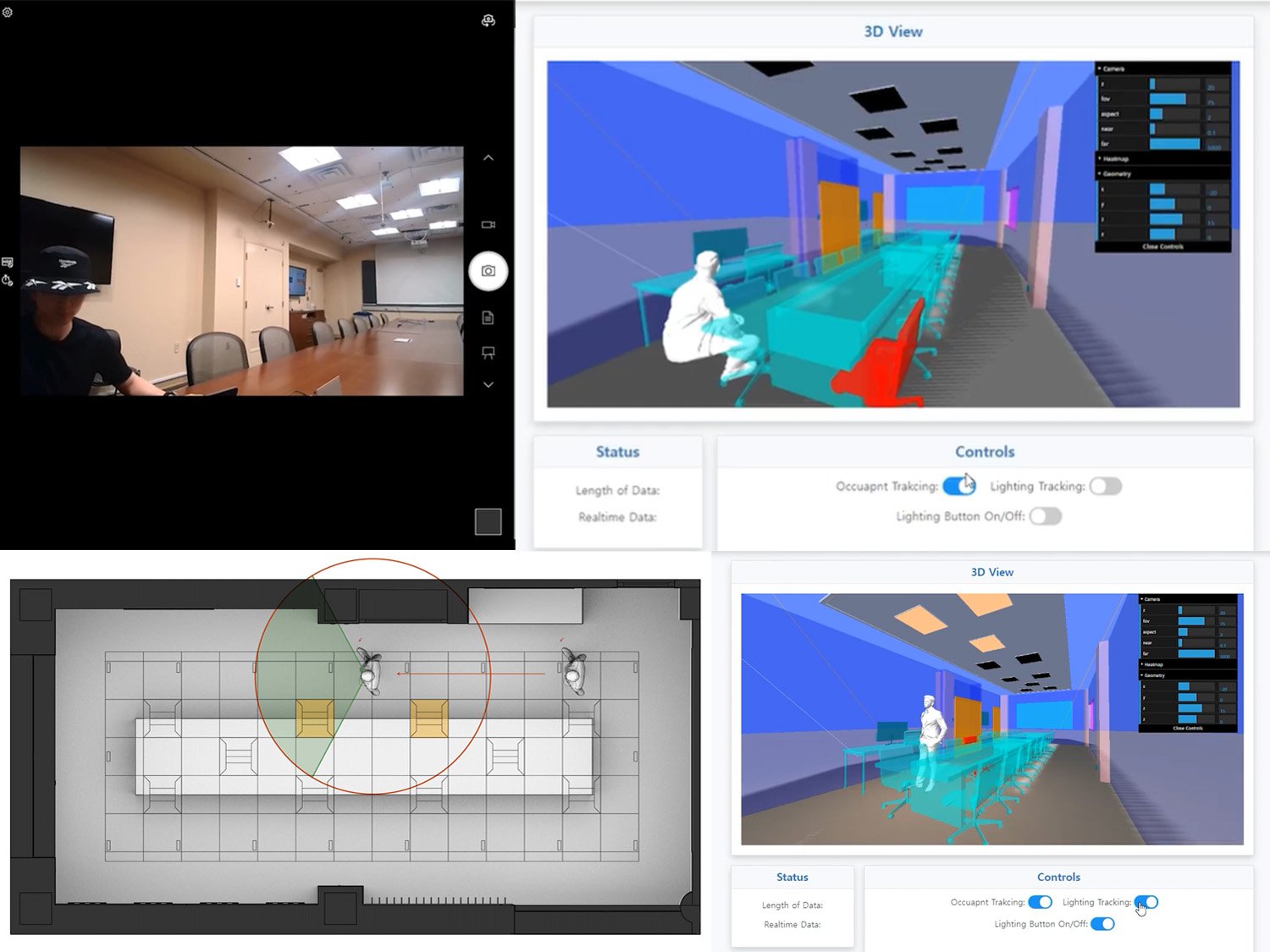Data-driven Occupant Behavior Modeling

Occupant behavior is one of the major factors that cause a discrepancy between predicted and actual energy consumption in building energy simulations due to its oversimplified behavioral simulation and a broken interface between human behavior and building system control.
To deal with it, several occupant behavior models have been proposed; however, their performance heavily relied on experts’ experience and insight. This project aims to develop a workflow from an occupant behavior monitoring system to data-driven occupant behavior modeling.
Based on the integration of Building Information Modeling (BIM) and Internet of Things (IoT) sensors, the monitoring system can fully capture the interaction between the indoor environment, occupant behavior, and building system in a building.
Furthermore, the ontology-based system can interpret the collected behavioral information with a knowledge base following the DNAs framework so that the information can be used to implement agent-based occupant behavior simulation.
Project Date: 2023- present
Researchers: Jihoon Chung, Dennis Shelden, Jeetika Malik, and Tianzhen Hong
Collaborators:
CASE, Lawrence Berkeley National Laboratory, LESA, and Tetherless World Constellation
Publications:
Chung, J., Tsamis, A., & Shelden, D. (2023, July). A Framework for Monitoring and Identifying Indoor Air Pollutants Based on BIM with IoT Sensors. In International Conference on Computer-Aided Architectural Design Futures (pp. 518-531). Cham: Springer Nature Switzerland.
Chung, J., Jacoby-Cooper, G., Rook, K., Santos, H., Shelden, D., Kendall, E. F., & McGuinness, D. L. (2023). Towards an Indoor Environmental Quality Management Ontology. First International Workshop on Semantic Web on Constrained Things@ ESWC-23 (SWoCoT-23).
